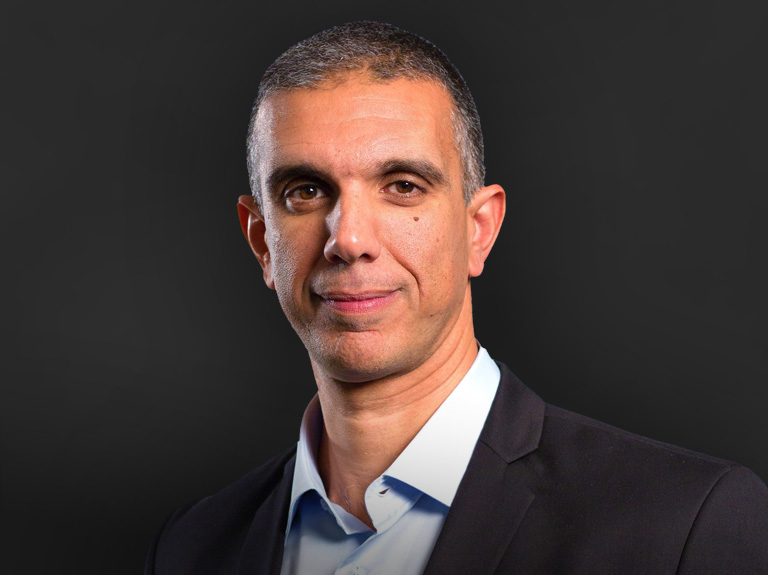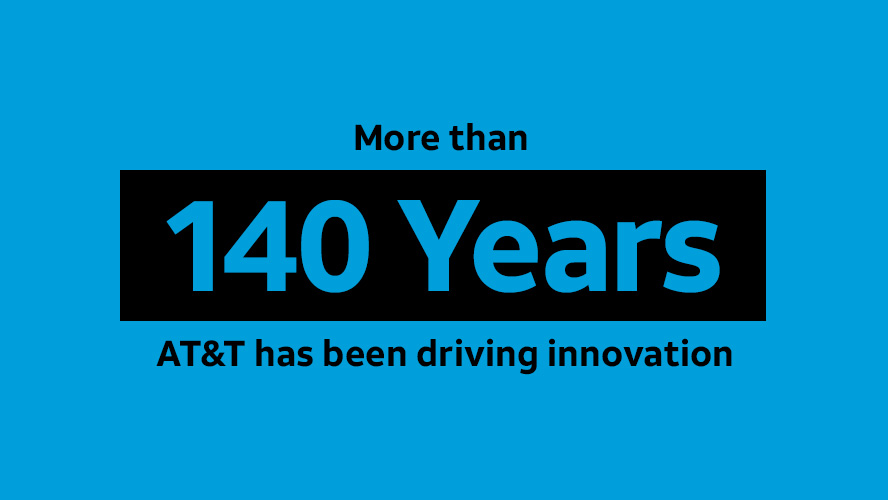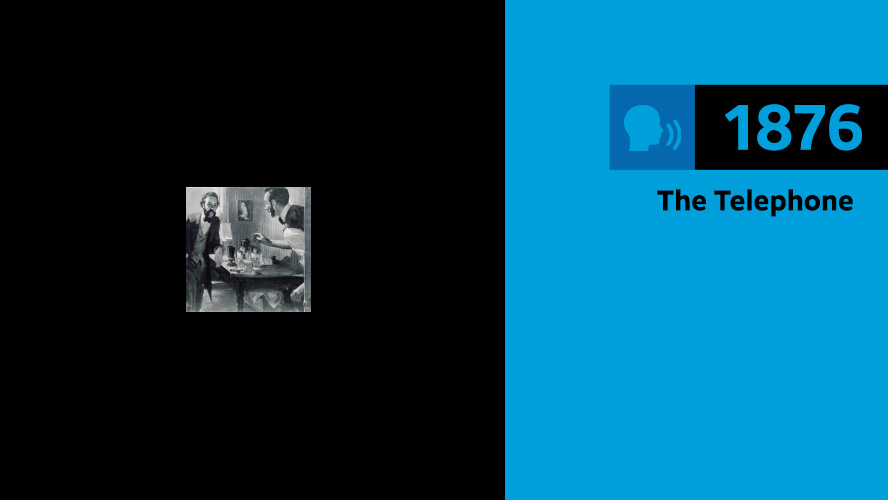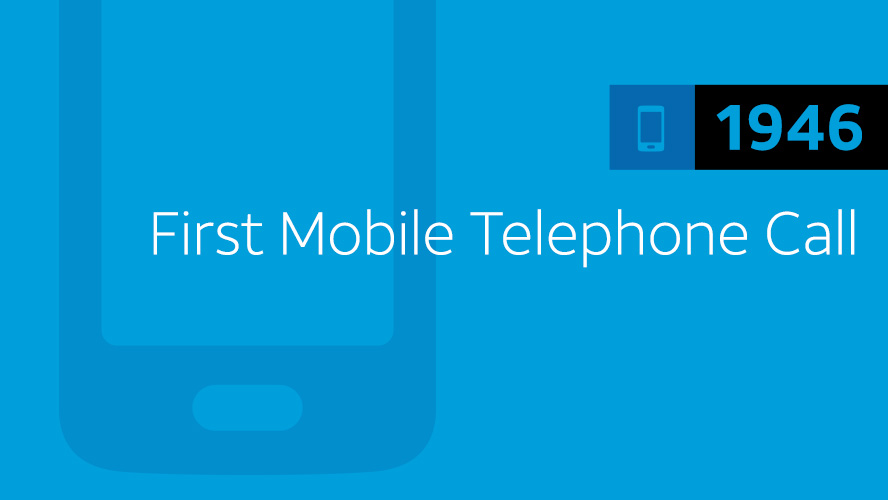We are a global leader in research and development drawing on an unparalleled 140-year heritage of creation and innovation.
Our
leadership

Igal Elbaz, Senior Vice President, Network CTO, AT&T
Drawing on more than 140 years of innovation, AT&T Labs is a global leader in research and development, driving the groundbreaking innovations that transform the way we live, work and play.
So much of the modern world – from smart cities and industries to autonomous cars and new immersive experiences – relies on the constant evolution of network technologies. We at AT&T want to be the connective tissue for these experiences, and the work of AT&T Labs is crucial to advancing technologies that serve people and businesses best. Our goal is to turn someday into every day.
As we continue to advance AT&T’s mission of becoming the best broadband provider in America, I am proud to be part of this journey and to lead some of the best and brightest scientists and engineers in paving the way for the next wave of innovation.

Raj Savoor, VP Network Analytics & Automation, AT&T
AT&T Labs is bringing the future into formation. With a rich heritage of innovation, our researchers and engineers continue to pioneer technologies that allow AT&T to introduce the next generation network and communication services to the market.
Made up of some of the world's best scientists and engineers, we are committed to enhancing customer experiences and designing world class networks. Our work spans 5G Wireless and Fiber Broadband Networks, Cloud services, software defined networking (SDN), IP network management, optical networking technology and artificial intelligence-based applications.
In this era of massive connectivity and rapid automation, there has never been a more exciting time in our industry and to be part of a company that is a catalyst for cutting-edge technology and a more sustainable future.
















